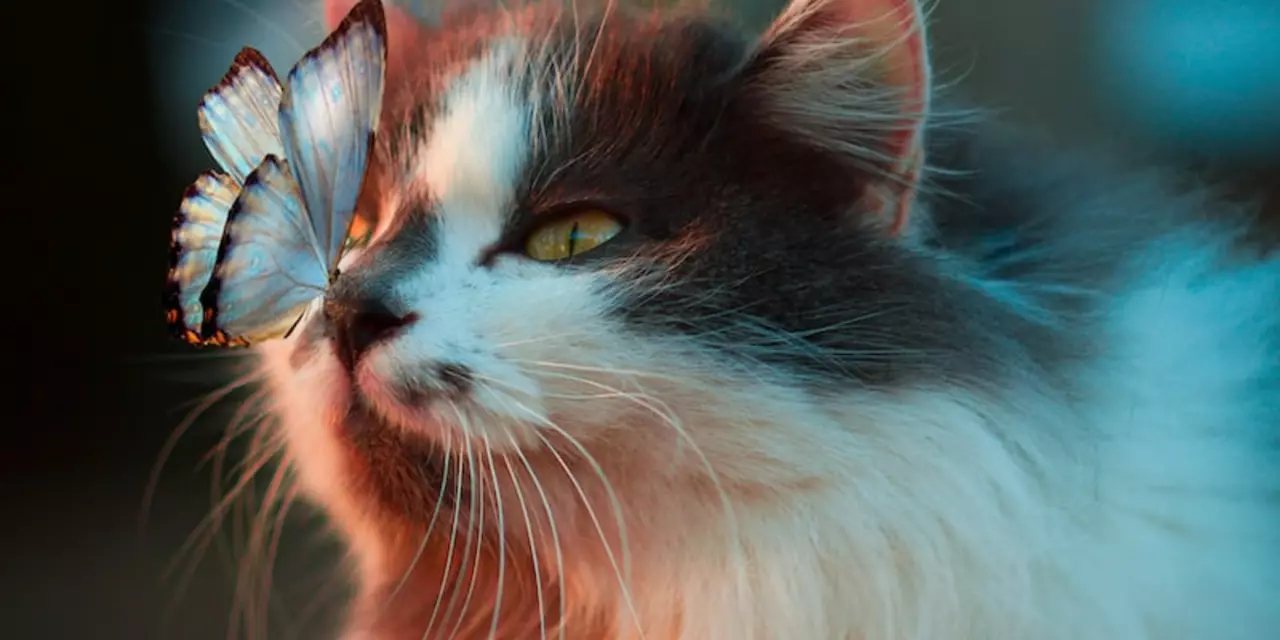Cat Circus: Everything You Want to Know
Did you ever wonder if a cat could swing on a trapeze or walk a tightrope? It might sound like a cartoon, but cats have actually been part of circus shows for centuries. This guide breaks down what a cat circus is, why owners love it, and how to keep the animals safe while they wow the crowd.
What Is a Cat Circus?
A cat circus is any circus act that features felines as the main performers. Unlike the big‑top acts with lions or elephants, cat acts are usually smaller, more intimate shows that happen on a stage or inside a tent. Performers train cats to jump through hoops, chase laser lights, or balance on small platforms. The focus is on the cat’s natural agility and curiosity, not on forcing dangerous tricks.
The idea started in traveling fairs of the 1800s, when showmen needed low‑cost, portable attractions. Cats are easy to transport, require less space than larger animals, and can learn simple cues quickly. Over time, cat circuses grew from novelty bits into full‑time shows with professional trainers, custom props, and even themed storylines.
Top Cat Acts and How They’re Trained
One of the most popular acts is the “Laser Chase.” A trainer points a moving laser dot across the stage, and the cat darts after it, leaping over obstacles. The visual of a sleek cat sliding between hoops looks impressive, and the cat stays motivated because it’s chasing a game it loves.
Another crowd‑pleaser is the “Hoop Jump.” Cats are taught to jump through a series of hanging hoops in sequence. Trainers use clicker training: a small click sound marks the exact moment the cat does the right move, followed by a treat. Repeating this step‑by‑step builds a reliable routine without any harsh pressure.Balance acts also work well. A narrow beam or a low‑height platform lets a cat practice walking forward while the audience watches. Because cats naturally love high places, the act feels instinctive rather than forced. Safety mats placed under the beam give extra protection in case of a slip.
Training always starts with short, fun sessions. Cats have short attention spans, so a 5‑minute drill is more effective than a long, bored practice. Positive reinforcement—treats, praise, and play—keeps the animal eager to perform. Any sign of stress, like flattened ears or a tucked tail, means the trainer should stop immediately and try again later.
In addition to tricks, many cat circuses incorporate storytelling. A narrator might describe a “travelling kitty detective” who solves riddles by following clues on stage. The cat’s movements become part of the plot, giving the audience a reason to stay invested beyond just watching jumps.
If you’re thinking about starting a cat circus of your own, start small. Pick a single trick, master it with consistent clicker training, and gradually add more elements. Use sturdy, cat‑safe props and always have a rescue plan—like a soft blanket or a pet carrier—if the cat wants to quit mid‑act.Remember, the goal is entertainment, not exploitation. Happy cats perform better, and audiences can sense when an animal enjoys the spotlight. By keeping sessions short, rewarding, and stress‑free, you’ll create a show that’s both fun to watch and kind to the feline stars.
So whether you’re a circus fan curious about feline performers or an aspiring trainer looking for a new challenge, the cat circus offers a blend of wonder, skill, and adorable antics. With the right approach, a cat can become the star of the big top—no lion’s roar required.
